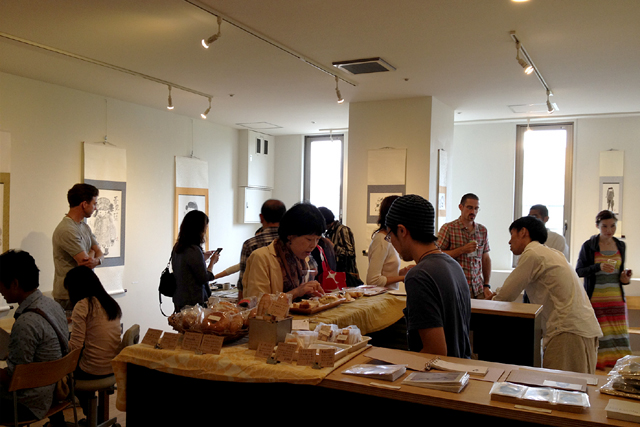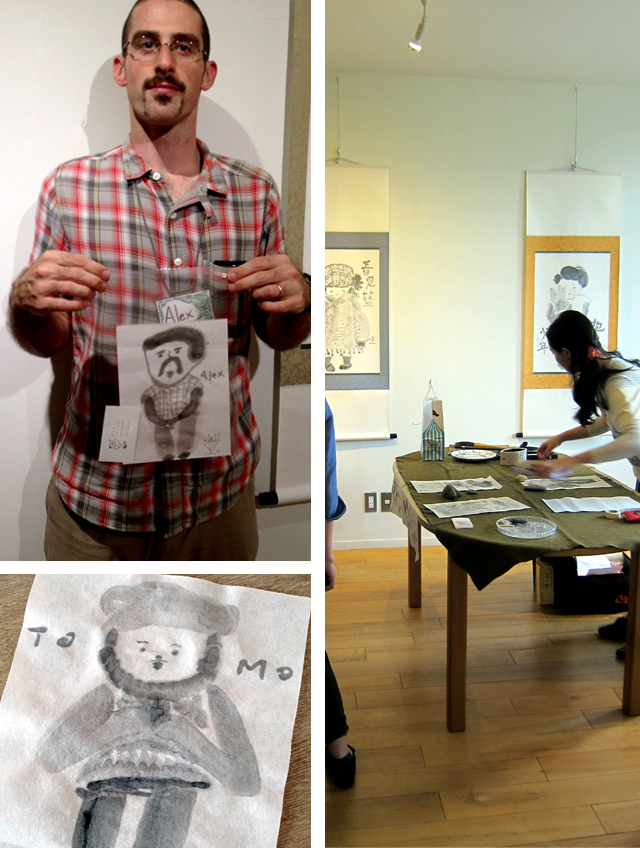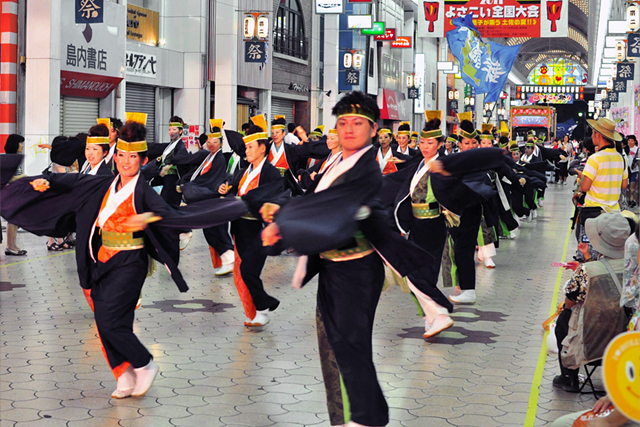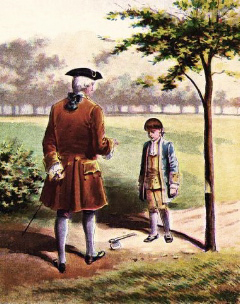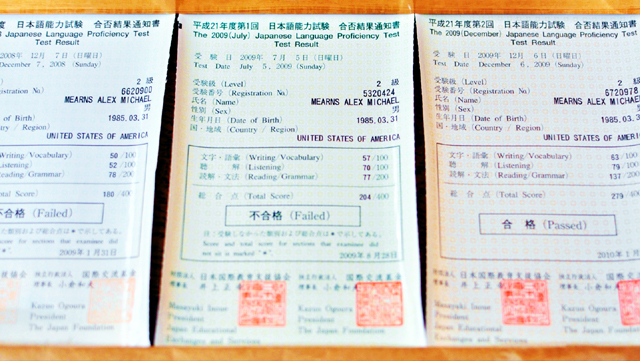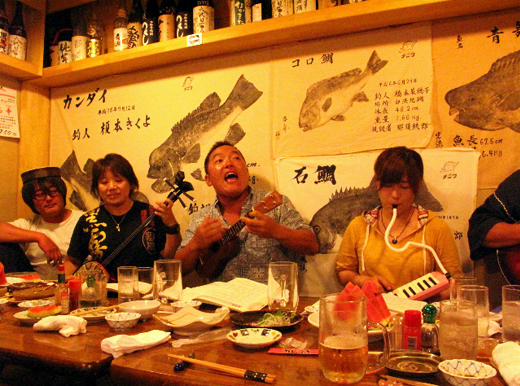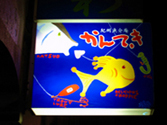Tea Time
If you have ever had an English lesson at imagine* then you know that we always ask, “Would you like tea or water?” at the beginning. Of course, sometimes students don’t want something to drink at that time, and that’s OK. We hope that you don’t feel uncomfortable refusing a drink and worry that it might be rude. Please don’t worry – saying, “No thank you.” is a perfectly polite response. If you feel like challenging yourself a little, or trying something new, then you could try saying: “I’m set, thanks.” In this case, set means “OK”, and it is a polite and popular phrase that is used instead of, “No thank you.” in America.
Starting in September of last year, we have given you another reason to say, “Tea, please.” when we ask what you want. We have stopped serving bottled 伊藤園 お〜い お茶 and Midori has started preparing imported organic tea from the nearby shop Uf-fu ( ウーフ ). These teas are much fresher and tastier, and we change them every month so there is always something new to try! In September we began with Rooibos tea from South Africa. In October we had Oolong with orange from Taiwan. After that Rooibos returned, but the November version had ginger. December’s tea was a blend of Chamomile and Darjeeling and throughout January we have been serving a very fine Jasmine tea.
What will the tea be in February? That’s a secret! You will need to come and find out; I always look forward to it. Finally, remember if you just want water, we still have that too. Or you can say, “I’m set, thanks.” but I hope you will at least try the next new tea with me.

